Are you Balanced??
Have you ever wondered if you need to improve your balance?
There are a variety of simple tests you can do to see how you measure up to National Standards!
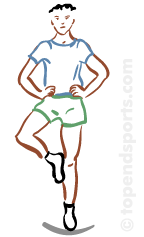 Take one minute to practice. Raise your heel to balance on the ball of your foot. The stopwatch is started as the heel is raised from the floor. The stopwatch is stopped if any of the follow occur:
Take one minute to practice. Raise your heel to balance on the ball of your foot. The stopwatch is started as the heel is raised from the floor. The stopwatch is stopped if any of the follow occur:
The tests allows for two attempts to complete the beam walk. This is a pass/fail test.
Foot Stability - Stationary Runner
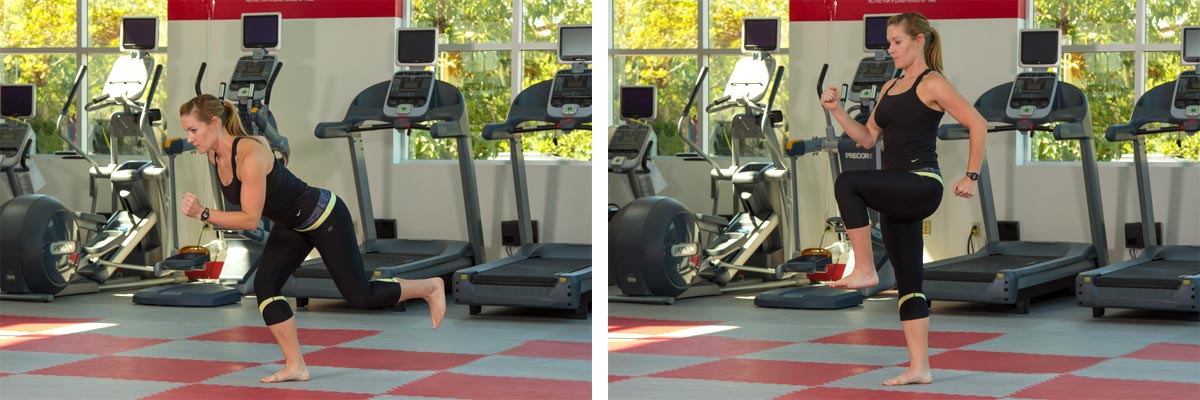
With one foot grounded and the knee slightly flexed, move the body slowly through a running action while maintaining balance.
Ankle Mobility – Standing Plantar-/Dorsiflexion
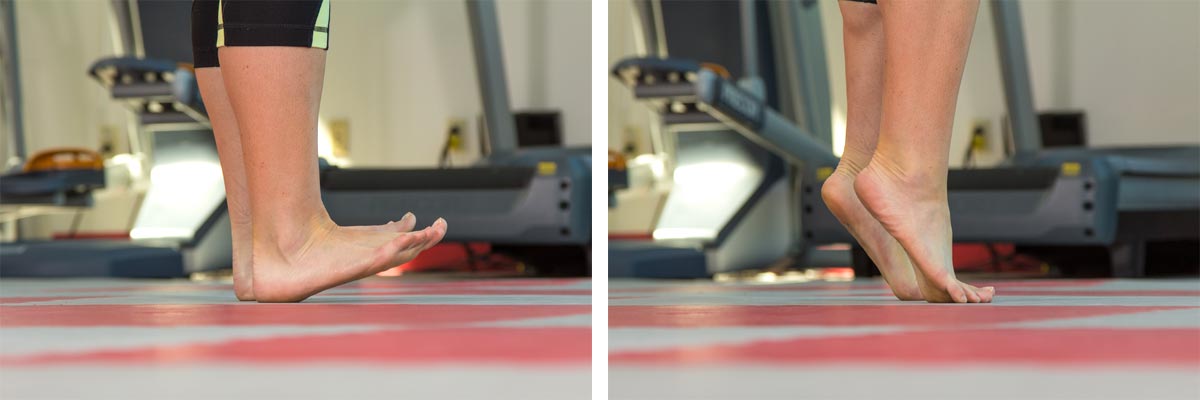
While standing, rock slowly from the toes to the heels, working the ankle through a full range of motion.
Knee Stability – Lunge Matrix
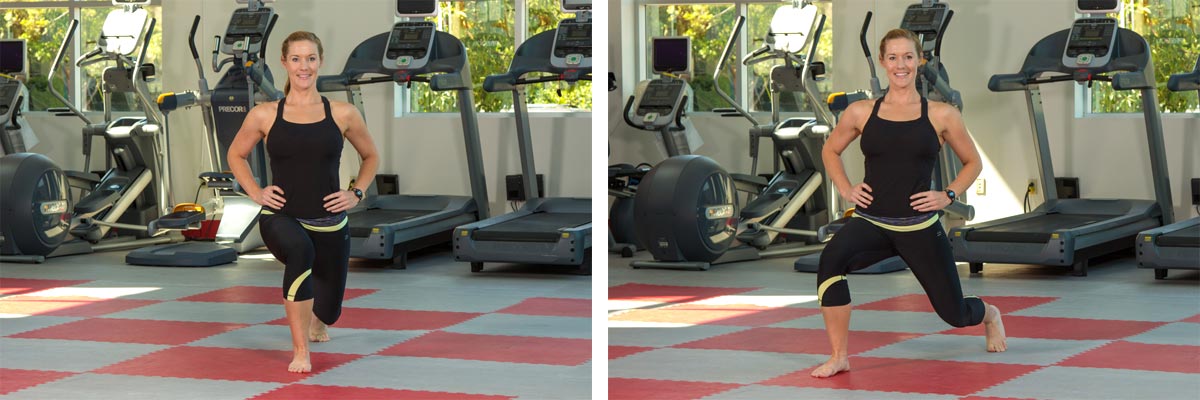
Perform lunges in a clockwise motion, moving from a traditional forward lunge to a diagonal lunge, lateral lunge and reverse lunge. If you are new to these movements, try them first with a steady chair or counter top close by to prevent falling. There is no need to go to great depths, because this exercise focuses on increasing the strength of the muscles and connective tissue surrounding the knee joint while also improving range of motion at the hips.
Hip Mobility – Walking Hip Openers

While walking, move one knee out, up and around at the hip joint and then switch to the other leg. Maintain a forward-walking motion and avoid rotating the shoulders. Be sure to perform this exercise in the reverse direction, as well.
Lumbar Spine Stability - Lateral Bird Dog
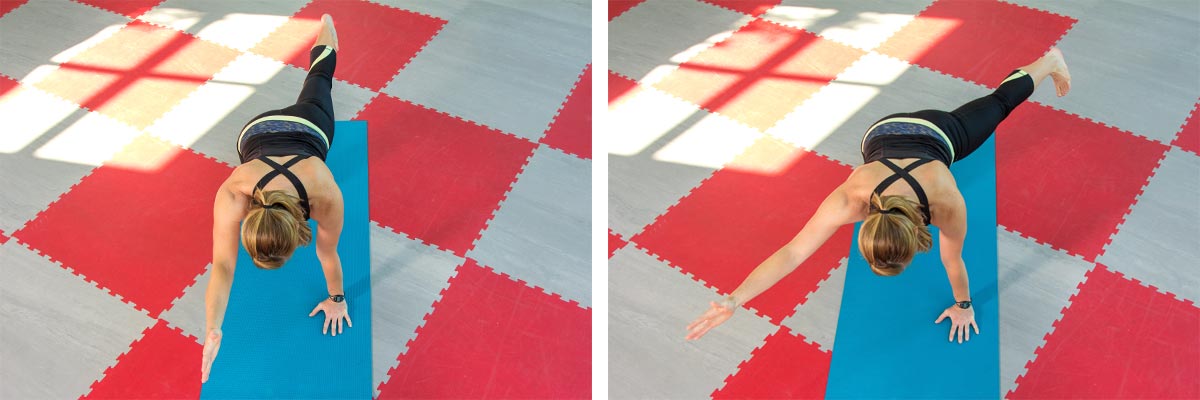
From a bird dog position, drift the extended arm and leg out away from the mid line of the body while maintaining the position of the spine and hips.
There are a variety of simple tests you can do to see how you measure up to National Standards!
For the Stork Balance Test:
Remove your shoes and place the hands on the hips, then position the non-supporting foot against the inside knee of the supporting leg. Take one minute to practice. Raise your heel to balance on the ball of your foot. The stopwatch is started as the heel is raised from the floor. The stopwatch is stopped if any of the follow occur:
Take one minute to practice. Raise your heel to balance on the ball of your foot. The stopwatch is started as the heel is raised from the floor. The stopwatch is stopped if any of the follow occur:- the hands come off the hips
- the supporting foot swivels or moves (hops) in any direction
- the non-supporting foot loses contact with the knee.
- the heel of the supporting foot touches the floor.
For the Balance Beam Test:
You will have 30 seconds to walk the entire length of the beam/curb (approximately 4 inches wide and 20 feet long) and back. Start at one end, step up onto the beam, walk the length to the other end, make a 180 degree turn and return back to the starting point. One fall off the beam will be allowed. If your feet touch the ground before they touch or cross the finish line, this constitutes a fall. Once you have stepped up onto the beam, the goal is to not step off for any reason until the test is completed.The tests allows for two attempts to complete the beam walk. This is a pass/fail test.
How did you do??
To remain functional with every day activities such as walking up stairs, using a vacuum or putting something on a high shelf, addressing balance and range of motion is key. It is critical that people of ALL ages and fitness abilities integrate functional exercises into their fitness routine. Pick a few of the exercises below to try. Complete one to three sets of five to ten repetitions.Foot Stability - Stationary Runner

With one foot grounded and the knee slightly flexed, move the body slowly through a running action while maintaining balance.
Ankle Mobility – Standing Plantar-/Dorsiflexion

While standing, rock slowly from the toes to the heels, working the ankle through a full range of motion.
Knee Stability – Lunge Matrix

Perform lunges in a clockwise motion, moving from a traditional forward lunge to a diagonal lunge, lateral lunge and reverse lunge. If you are new to these movements, try them first with a steady chair or counter top close by to prevent falling. There is no need to go to great depths, because this exercise focuses on increasing the strength of the muscles and connective tissue surrounding the knee joint while also improving range of motion at the hips.
Hip Mobility – Walking Hip Openers

While walking, move one knee out, up and around at the hip joint and then switch to the other leg. Maintain a forward-walking motion and avoid rotating the shoulders. Be sure to perform this exercise in the reverse direction, as well.
Lumbar Spine Stability - Lateral Bird Dog

From a bird dog position, drift the extended arm and leg out away from the mid line of the body while maintaining the position of the spine and hips.




.jpg)
Comments
Post a Comment